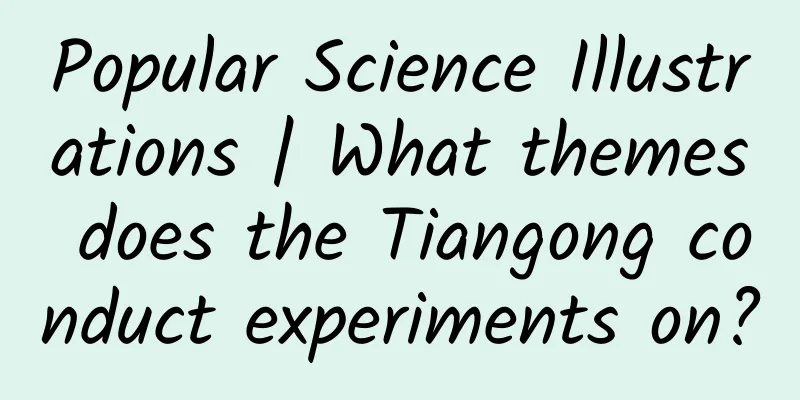Cancer is soul-stirring? You have to rely on it to survive

|
Salvia miltiorrhiza, also known as small salvia miltiorrhiza, purple ginseng, and its scientific name is Salvia officinalis. It is mainly produced in areas south of the Yangtze River. It tastes bitter and spicy, is neutral in nature, and enters the liver meridian. It has the effects of promoting blood circulation and removing blood stasis, clearing away heat and detoxifying, and reducing swelling and relieving pain. There is a beautiful legend about the naming of Ishimchuan: It is said that an old man who collected herbs went deep into the mountains to collect herbs. He sat on a large blue stone in the forest to rest. The old man found many small pits on the stone, dotted like stars. When he looked up, he saw a small grass growing beside the stone with lush branches and leaves. He thought that this was formed because when it rained, rain water on the grass dripped onto the stone over a long period of time. So he picked the grass and used it to treat people's illnesses. After many observations, the old man who collected herbs found that this grass was very effective in treating abdominal distension and edema, so he named it "Shi Jian Chuan", which means that after taking the medicine, the miraculous effect is like "water dripping through a stone". Shijianchuan was first mentioned in Li Shizhen's Compendium of Materia Medica, and medical practitioners of all dynasties have recorded and discussed it. The whole herb of Lithospermum officinale is widely used in clinical practice: various acute and chronic hepatitis, mastitis, herpes zoster, scrofula and other diseases can be treated with Lithospermum officinale. In addition, soaking the rhizome of Lithospermum officinale in wine can regulate menstruation and promote blood circulation, and treat gynecological dysmenorrhea, irregular menstruation, surgical injuries and other diseases. Lithospermum officinale has anti-tumor activity and is a commonly used anti-tumor Chinese herbal medicine in clinical practice. It is generally rarely used alone and is often used in combination with other anti-tumor Chinese herbal medicines to treat various cancers. For example, it is used in combination with Hedyotis diffusa and Scutellaria barbata to treat various cancers such as lung cancer, liver cancer, gastric cancer, intestinal cancer, and esophageal cancer. For clinical use, the decoction can be taken internally, 6-15g; or the juice can be squeezed, mashed and applied externally in appropriate amounts. Modern pharmacological research shows that the composition of Lithospermum officinale is relatively complex, rich in polysaccharides, sterols, polyphenols and other chemical substances, among which the polysaccharide component is an important part of its anti-tumor effect. |
<<: A small grass floating in the wind can cure the pain of waist and knee rheumatism
>>: It grows in the field and is actually a woman's "favorite".
Recommend
What are the therapeutic effects of Peony Hay Soup?
This prescription has been introduced in many anc...
Do you blow on a paper airplane before it takes off?
Paper airplanes are toys we often played with whe...
Is this pop-up window weird? Beware of "logic bombs"!
1. Introduction Xiaobai: Dadongdong, can you help...
Popular Science | What did ancient women wear when traveling?
Summer vacation is coming soon, and many parents ...
What are the side effects of ginseng Jianpi pills?
Ginseng Jianpi Pills are often used clinically to...
The pictures and functions of the ground ring
The natural ground ring is a very vigorous green ...
If you find the right method, learning can be as addictive as playing games!
Audit expert: Li Xianhong National Level 2 Psycho...
The efficacy and function of compound grape leaves
For many Chinese people, traditional Chinese medi...
Poria cured my hair loss
More and more people are experiencing hair loss, ...
The unity of aging and evolution: Why do lifespans vary so much across species?
We can understand aging from an evolutionary pers...
The efficacy and function of cutting charro root
Most Chinese medicinal materials have good effect...
Three thousand years after his death, the head of state made an official visit to France
In September 1976, the Paris-Le Bourget Airport w...
Around the Mid-Autumn Festival, the delicacy that I have been craving for a year is finally on the market! It’s not mooncakes!
Author: Fluent AI Mapping As a fruit lover, my fa...
The efficacy and function of Yunnan cardamom
Nowadays, our living standards are constantly imp...
How does this little pill make men fall step by step?
Sildenafil acts directly on blood vessels and can...









